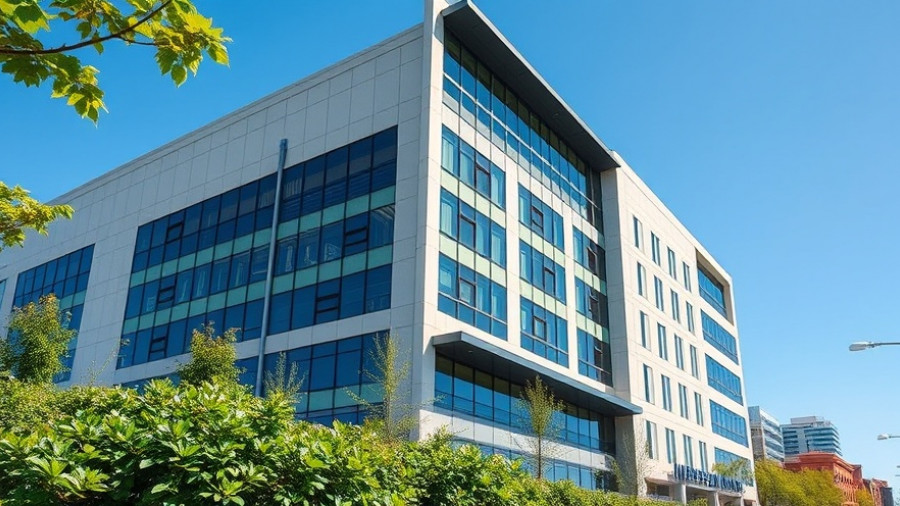
A Glimpse Into the Past: Historic Airfield Transformation
The recent groundbreaking at Lehigh Valley International Airport marks a significant milestone, not just for the airport itself, but for the transformation of a historical site into a modern amenity. The site where a new Courtyard by Marriott hotel will rise was once an emergency landing strip for pioneering air mail pilots nearly a century ago. This innovative project represents a fusion of history and modernity, catering to the evolving needs of travelers today.
Boosting Local Economy: The Role of the New Hotel
The establishment of a 145-room hotel at Lehigh Valley International Airport is expected to inject vital energy into the local economy. As the second-largest cargo operation in Pennsylvania, the airport is already a hub of activity. With an investment of over $40 million for the hotel, along with expansions in cargo and passenger terminal services, local businesses can anticipate increased foot traffic and potential partnerships. Business owners and facility managers will find new opportunities as the area grows into a more dynamic arena for commerce.
Community Development: Funding Insights
Financing for this ambitious project is notable, as the Lehigh County Industrial Development Authority played a pivotal role by utilizing four tax-exempt bond issues, totaling $42 million. This approach not only facilitates investment in local infrastructure but also underscores the growing trend of public-private partnerships in construction. Such funding models are an essential consideration for developers and community leaders aiming to foster growth in their areas.
Modernization Tactics and Sustainable Practices
As the construction industry evolves, integrating modern materials and sustainable practices becomes paramount. The newly constructed hotel is expected to emphasize energy efficiency while utilizing advanced building techniques. This aligns with a broader initiative toward sustainable building and green construction, crucial elements for modern businesses looking to align with environmentally friendly practices.
What This Means for Travelers and Event Planning
The addition of a hotel on-site at the airport significantly enhances convenience for travelers and business professionals. This facility promises to cater to not only leisure travelers but also those attending business conferences, creating an appealing destination for event planners. Such developments could encourage businesses to hold more events in the region, thus further stimulating the local economy.
In conclusion, the new hotel at Lehigh Valley International Airport represents an exciting convergence of history and modernity. For business owners and developers alike, this project demonstrates the potential of community-focused developments. As we witness the construction landscape change, staying informed about these trends and opportunities can lead to impactful decision-making.
As we think about the implications of such developments, consider reaching out to local business development authorities to discuss how you can be part of this expansive growth.
 Add Row
Add Row  Add
Add 




Write A Comment